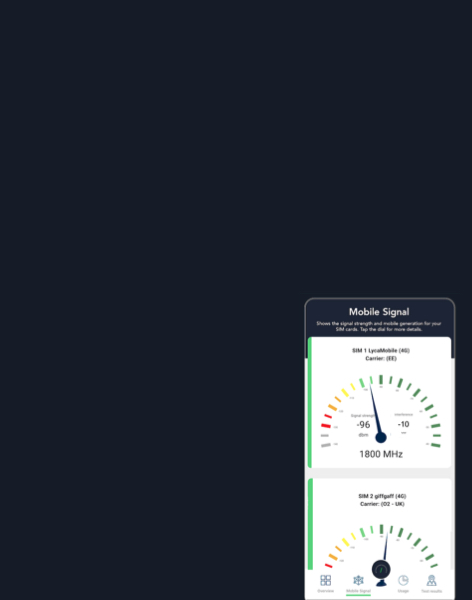Weekly Wrap: Goodbye Project Kuiper, hello Amazon Leo
To those watching the race to launch a global and reliable fixed satellite service, Amazon's Project Kuiper has felt like a quieter yet highly consistent force.
While Starlink has spent $17 billion on EchoStar’s spectrum licences and AST SpaceMobile has spent $64.5 million on S-band spectrum rights held under the ITUThe International Telecommunication U…, Amazon has focused on a consistent rate of satellite launches and regulatory work, rather than huge deals.
Until now, that is. The name “Project Kuiper” is no more, and in a nod to the region of space where its satellites operate, low Earth orbit (LEONGSO, or non-geostationary satellite orbit…), “Amazon Leo” has been born. It’s a clear statement of intent from one of the so-called “magnificent seven” US tech companies. Amazon has not given up on fixed satellite services (FSS) and may be better placed to deliver than Starlink.
Discussion of the race for satellite broadband consistently focuses on the number of satellites in space at any given time. Starlink has more than 9,100 satellites in orbit. The scale of the deployment dwarfs all other satellite companies in this sphere, including Leo, which sent its first 27 satellites into space back in April and now has 153 in orbit.
This situation will change faster than anticipated. Amazon Leo’s initial constellation is expected to be more than 3,000 spacecraft eventually, and the project is sending up around 25 satellites a month. Thanks to its ability, much like Starlink, to conduct its own launches, this rate is unlikely to slow.
It’s not just about the number of satellites in orbit. When we look at the ground stations enabling this network, Amazon is aiming for more than 300. Starlink currently possesses 150 operational sites, more than 100 of which are in the US.
At a recent presentation given by Amazon Leo at the WiFi NOW Congress in Dubai, the company said it had POPs (points of presence) in more than 40 countries via Amazon Web Services (AWS). These clusters of data centres are used to host AWS and provide fault tolerance for the cloud service.
With this initially arduous infrastructure work already completed, Amazon can progress its satellite operations quickly. Just this week, signalling a rollout of customer services through Leo next year, Amazon launched its new phased-array antenna. The company claims this is the fastest customer terminal in production, with download speeds of up to 1 Gbps and upload speeds of up to 400 Mbps, allowing AWS customers a direct connection to their cloud workloads.
The stage may be set for an almighty battle with Starlink for LEO satellite supremacy in 2026.
Here are the other stories that PolicyTracker reported on this week:
- Starlink was awarded temporary E-band licences by UK regulator Ofcom for three sites in the UK.
- MTN Nigeria, an MNO, is entering a three-year agreement to lease spectrum in the 900 MHz and 1800 MHz bands from T2 Mobile.
- Shanghai has been confirmed as the host city of WRC-27The World Radiocommunication Conference (W… after winning over a majority of ITU member states.
- Serbia has awarded 5G spectrum in the 700 MHz, 900 MHz, 1800 MHz, 2100 MHz, 2600 MHz and 3.5 GHz bands.
- Mozambique has abandoned plans to auction spectrum in the 700 MHz, 2.6 GHz, 2.5 GHz and 26 GHz bands.
- Respondents to a European Commission consultation disagree about the future of the 2 GHz MSSMobile-satellite service (MSS) describes a… band
